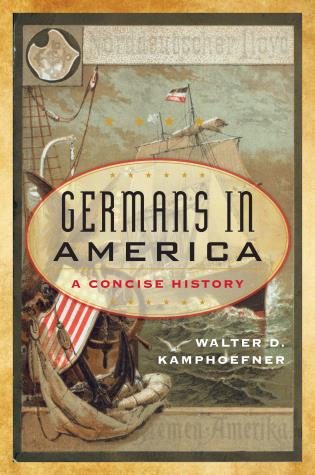
In this book Walter studies the Germans—the largest and perhaps the most diverse foreign-language group in 19th century America. Continuing to focus on history from the bottom up on both sides of the Atlantic as he has throughout his ground-breaking career, Dr. Kamphoenfer draws heavily upon examples from immigrant letters. Germans in America presents a number of surprising new insights. Walter pays particular attention to the German-American institutional network, which because of the size and diversity of the immigrant group was especially strong. Not just parochial schools, but public elementary schools in dozens of cities offered instruction in the mother tongue. Only after 1900 was there a slow transition to the English language in most German churches. Still, the anti-German hysteria of World War I brought not so much a sudden end to cultural preservation as an acceleration of a decline that had already begun beforehand. It is from this point on that the largest American ethnic group also became the least visible, but especially in rural enclaves, traces of the German culture and language persisted to the end of the twentieth century. As Professor Kamphoefner mentions in his notes, the last big attempt at a synthesis on this topic was in the mid-1970s. This “veritable tour de force,” according to one reviewer, is “brilliantly told from the bottom up in the best tradition of the New Social History’s concern for lived experience and inclusivity with regard to race, class, and gender.”
You can learn more about Germans in America here from the publisher, https://rowman.com/ISBN/9781442264977/Germans-in-America-A-Concise-History.
